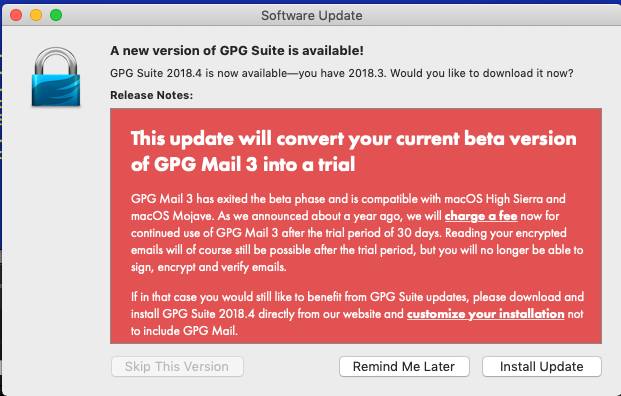You know police procedures are inadequate when convincing SWAT teams to storm random addresses happens so often that there’s a term for it. The Seattle Police Department (SPD) was recently caught up in a rather embarrassing swatting incident. Instead of taking responsibility for its inadequate procedures it has decided to put the burden on the citizenry:
On its official “swatting” resource site, the Seattle Police Department acknowledges how swatting works, along with the fact that citizens have requested a way to submit their own concerns or worries about being a potential victim. (Full disclosure: after having my own personally identifiable data distributed in a malicious manner, I asked SPD for this very thing… in 2015.)
“To our knowledge, no solution to this problem existed, so we engineered one,” SPD’s site reads. The site claims that swatting victims are “typically associated with the tech industry, video game industry, and/or the online broadcasting community.”
SPD’s process asks citizens to create a profile on a third-party data-management service called Rave Facility (run by the company Smart911). Though this service is advertised for public locations and businesses, it supports private residences as well, and SPD offers steps to input data and add a “swatting concerns” tab to your profile.
Want to avoid being swatted? Sign up for our anti-swatting service today! If you don’t sign up, then the department cannot be held responsible for murdering you when some random jackass on the Internet calls in a fake hostage situation.
What gets me is not just that swatting happens so often that there’s a term for it but that it happens so often that the SPD website has a page dedicated to it. If swatting happens so often that your department has to dedicate a page to it, then your procedures for responding to random hostage situation calls need some serious overhauling.

